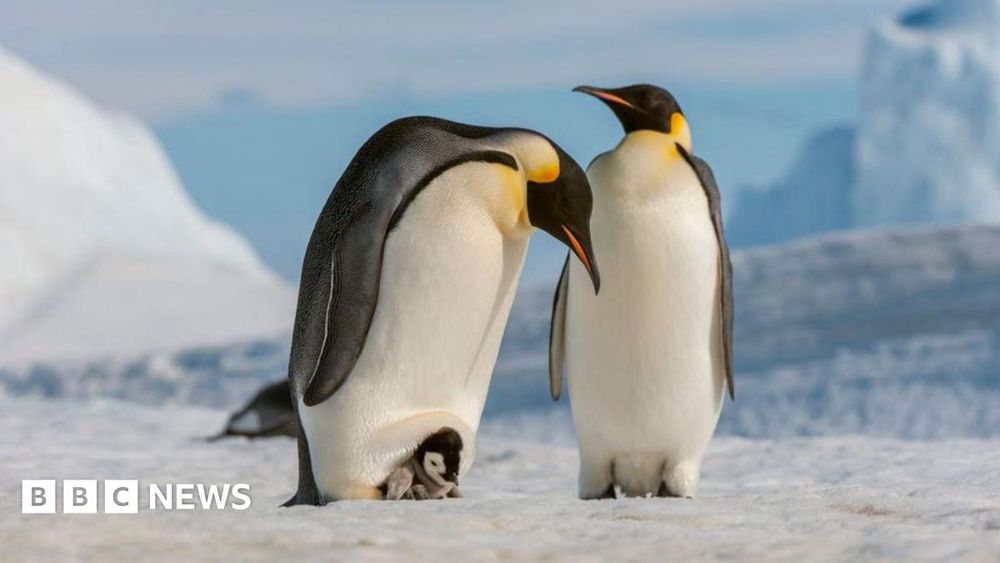Bieito Fernandez Castro
@bfcastro.bsky.social
270 followers
340 following
21 posts
Physical oceanographer at @unisouthampton.bsky.social
Posts
Media
Videos
Starter Packs
Reposted by Bieito Fernandez Castro
Reposted by Bieito Fernandez Castro








